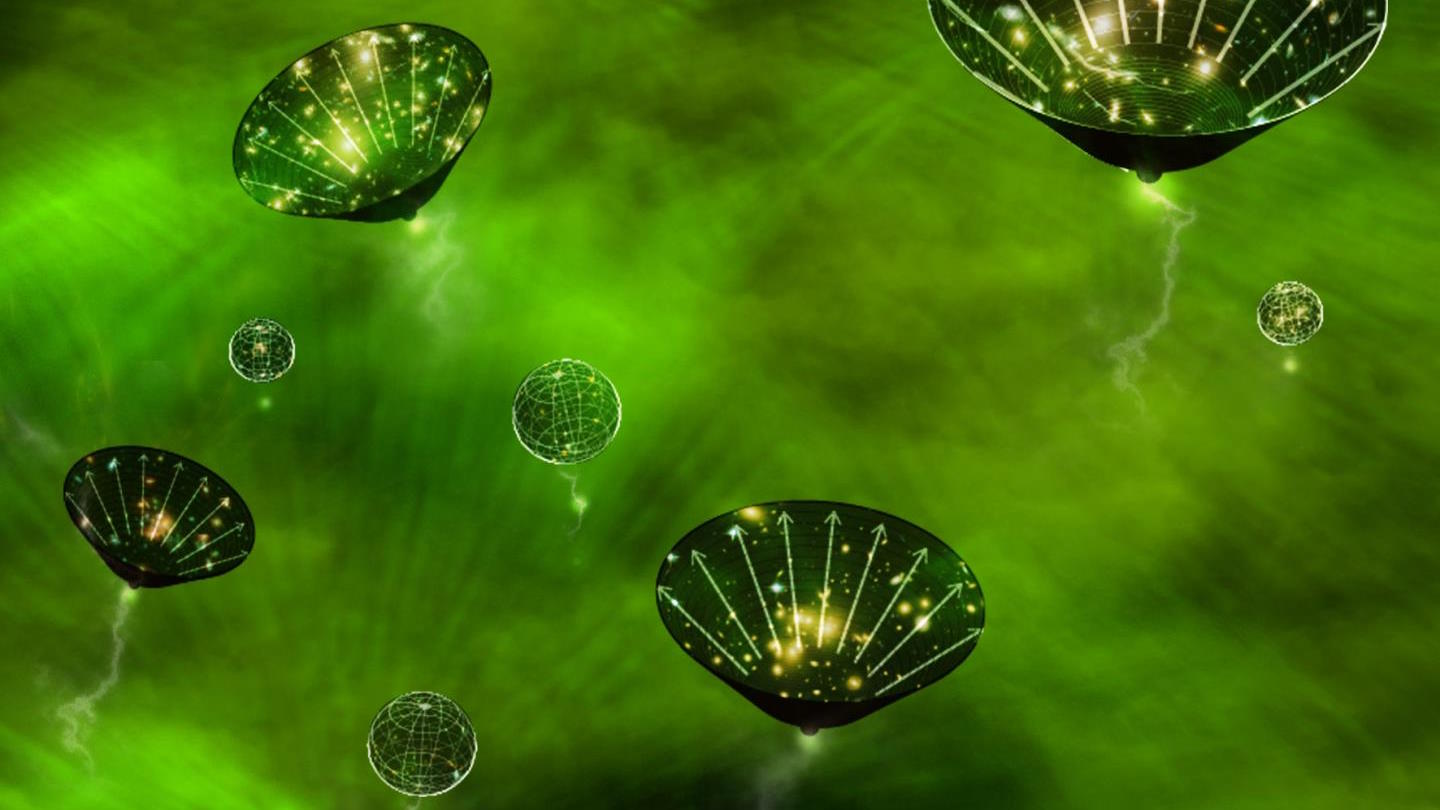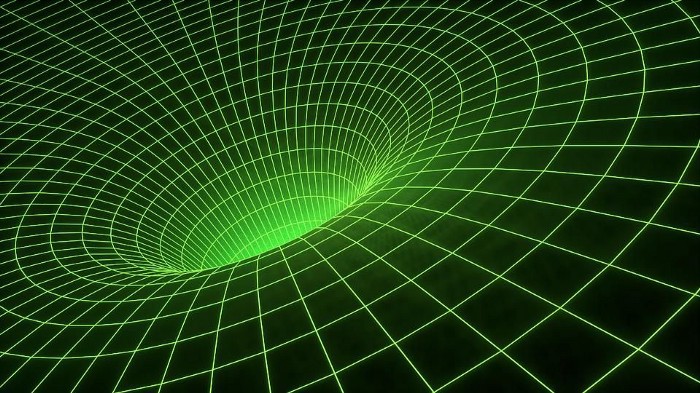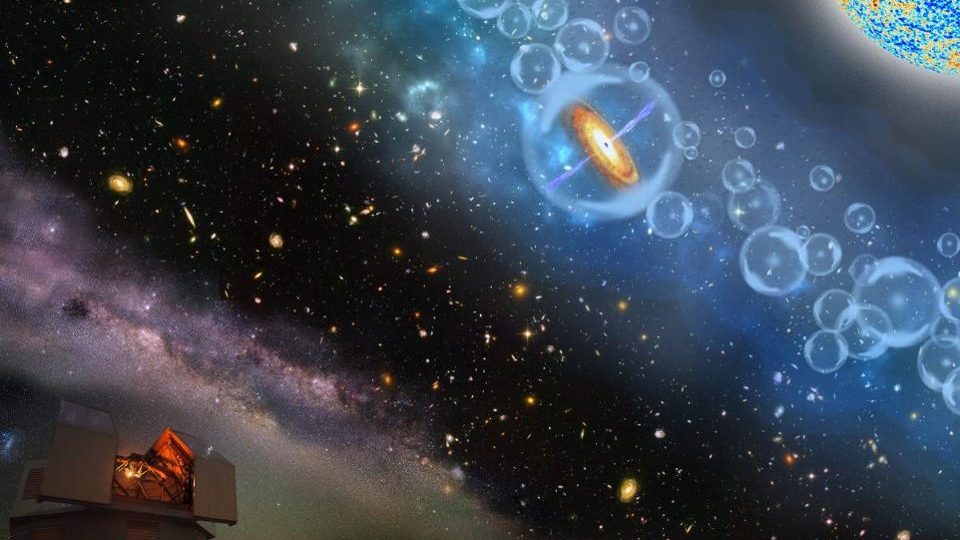The question of antimatter is a specter haunting the field of physics: Why is there more matter in the universe than anti-matter? Lawrence Krauss supplies an answer that, besides explaining what antimatter is, sheds light on why the question is so puzzling in the first place. Antimatter, speaking from the perspective of physics, is not a terribly strange thing. In fact, we would expect to see more of it — to balance the amount of regular matter in the universe.
Lawrence Krauss: Most people don’t wake up in the morning and ask themselves the question, "Why do I live in a universe of matter?" But they should because if you think about it from the point of view of fundamental physics, matter and antimatter are almost exactly the same things. For every particle in nature there’s a particle that has equal mass and opposite charge. Antimatter only seems strange as I often like to say in the sense that Belgians seems strange. Namely Belgians aren’t intrinsically strange, but if you go into a large auditorium as I’ve often done and said how many Belgians are there? You rarely see them. Antimatter seems strange because we rarely see it. Why? Because hardly any of it exists in the universe. But if the universe were made of antimatter, it would look exactly the same. Antilovers could sit in anticars under an antimoon and make antilove and everything would seem exactly the same. So why do we live in a universe that has only matter and no antimatter? That’s one of the biggest mysteries in fact that’s been driving particle physics and cosmology over the last 40 years. If you started with a sensible universe it should have equal amounts of matter and antimatter. How would you end up with a universe in which for every particle of antimatter there may be more than 10 billion particles of matter? These are questions we have ideas about how to answer, but we don’t yet know exactly how to answer.
And that’s one of the reasons why we’re looking out in the universe to confirm, in fact, the processes that might create matter instead of antimatter and to look for sources of antimatter in the universe. It turns out that there are energetic processes involved. There’s black holes, including the black hole at the center of our galaxy, that are producing lots of antimatter. We don’t quite understand all of those processes. Some of them may be involved with exotic stuff like dark matter. Some of it may be involved with more pedestrian things like pulsars and energetic magnetic fields around stars. We don’t know all of the processes and that’s why we have to keep looking. And we have new tools, new windows on the universe like the Fermi telescope, which looks out in space at high-energy gamma rays and high-energy particles that are coming in that many of which don’t reach the Earth because of the atmosphere or magnetic fields around the Earth. Each new window we have on the universe surprises us and we may be surprised about the sources of antimatter are in nature. And some of those sources may help us understand that remarkable mystery of why we live in a universe full of matter.






